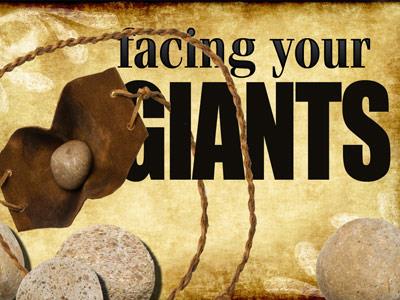-
Security Systems Series
Contributed by Alison Bucklin on Nov 25, 2022 (message contributor)
Summary: Our security in the face of an awesomely holy God is no longer in elaborate rituals and barriers but in Jesus Christ.
As you all know I flew to Minneapolis between Christmas and New Year’s. And since the terror alert is at orange, inspections are more thorough and lines are longer. Also both the Minneapolis and Philadelphia airports have X-ray machines for the checked baggage. Fortunately the standards aren’t so stringent for that category, though, so I wound up at the other end still owning a nail file.
But the inspectors are a lot more thorough than they used to be. There are layers and layers of security before you can get where you’re going. Driving to the airport isn’t bad, we drove straight up, but getting picked up - by the children’s godfather at the Minneapolis end and the Oehlers at the Philadelphia end - wasn’t that easy. They couldn’t wait at the curb for me to come out; they had to circle and wait. And once I got into the airport security was pretty tight. I had to take both my coat and shoes off. I also had to remove my Christmas present from the god-children, it’s a silver Jerusalem cross made in Russian Orthodox style and it’s quite heavy. But I love wearing it, so I was willing to take it off and put it in one of my shoes for the trip through the scanner. And I found out after I got back that my checked bag had also been picked for a manual search (they leave a card in your suitcase in case you notice that things aren’t in quite the order you packed them in). Fortunately, the baggage checkers are a lot more efficient than they used to be, so it went quite quickly, and everyone was very patient and polite. Well, we know what it’s all about, don’t we. It’s about safety, and fear, and danger. It’s about learning from experience that there are people out there who are hostile, who hate us and want to hurt us. Security is always about a desire to be safe in the face of fear, and hostility, and danger.
And once upon a time it was just as difficult to come into the presence of God as it is to get onto a airplane. First of all, you had to buy your ticket... that is, you had to bring a sacrifice. And there were pretty specific rules about what you had to bring depending on whether it was a sin offering or a thank offering or one of the other categories. And then of course it had to be inspected for blemishes, and accepted by the presiding priest. And of course your own identity was up for scrutiny, too - only Jews could come beyond the court of the Gentiles. That’s where the money changers that Jesus drove out were located. Think of it as where Thomas Cook and American Express had their booths...
The next layer of protection was the women’s court, where Jewish women in a state of ritual purity were allowed to worship. There were donation boxes there, but no vendors. Remember the widow’s mite? That’s probably where she made the offering Jesus commended. Jewish men could go through the Nicanor gate into the next room, the Court of Israel, to gather for daily prayers; it was also where the lambs and doves and other sacrificial animals were slaughtered.
Beyond that was the priests’ court, where they washed their hands and feet before approaching the sanctuary. Think of it as having a large “Employees only” sign on the door. The next level, the sanctuary itself, was approached by 12 steps and divided into two parts. The vestibule held the lampstand with its seven lamps - the origin of the Menorah used in today’s Hanukkah celebration - a table for the bread of the Presence, and the altar on which incense was offered each morning and evening. And at the center of everything was the Holy of Holies. I suppose you could think of it as the cabin of the airliner, meaning no disrespect, but the curtains separating the vestibule from the Holy of Holies were the last layer of security. Once you made it past those, you were home free.
NOT.
You see, the security surrounding Israel’s worship wasn’t about protecting God from ill-doers, it was about protecting people from God’s power. Most of the people didn’t want to get too close. They were scared, and with good reason. Because if you got past all the safeguards and barriers and actually violated the sacred space, you were doomed. The high priest, who only entered once a year, on the Day of Atonement, wore bells around his robe and a rope around his ankle so that if God struck him down he could be dragged out without anyone else risking their lives.
The Israelites had vivid reminders in their own history of what happened when people trespassed beyond the boundaries God had laid out for them. During the wandering in the wilderness, a Levite named Korah got into a snit because only the descendants of Moses’s brother Aaron were actually allowed to present sacrifices to God. He and his followers challenged Moses’ right to prevent them from serving, and Moses said, basically, “OK, Korah. Tomorrow morning you your followers show up with your censers, and Aaron with his censer, and we’ll see who God chooses.” And so the next morning, that’s what they did, and then “the ground under them was split apart. The earth opened its mouth and swallowed them up, along with their households-- everyone who belonged to Korah and all their goods. So they with all that belonged to them went down alive into Sheol; the earth closed over them, and they perished from the midst of the assembly.” [Num 16:31-33]

 Sermon Central
Sermon Central



